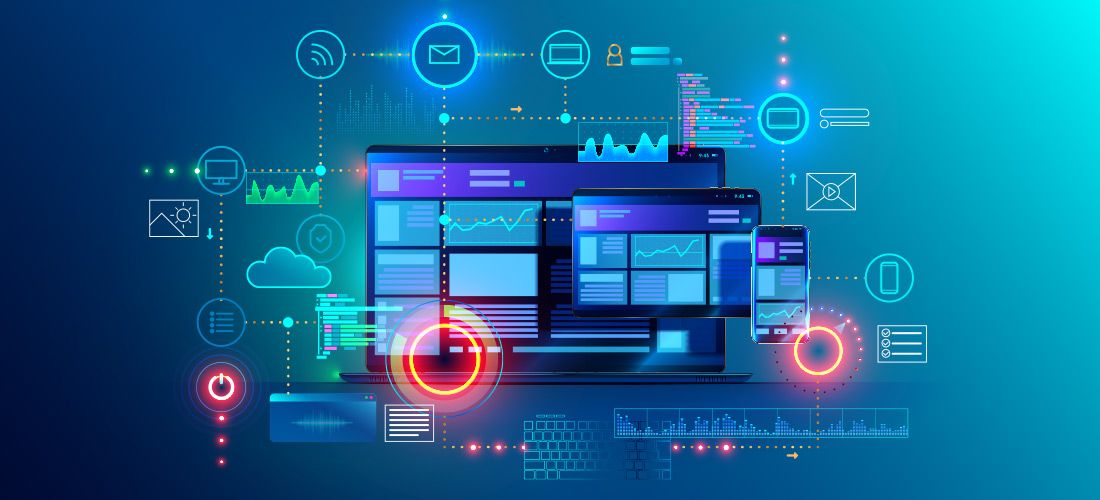Many companies still rely on old software systems, also known as legacy applications. These systems may have worked well in the past, but as technology moves forward, they can become slow, costly, and hard to maintain. Legacy application modernization is the process of updating these systems to keep up with current technology, improve performance, and reduce long-term costs.
In this blog, we will explore the best practices for legacy modernization, the common challenges businesses face, and why this step is crucial for future success.
What Is Legacy Application Modernization?
Legacy application modernization means improving or rebuilding old software systems to make them more efficient, secure, and scalable. It involves using modern tools, technologies, and processes to upgrade outdated applications without starting from scratch.
This could include:
-
Moving software to the cloud
-
Rewriting code in modern programming languages
-
Updating databases
-
Improving user interfaces
-
Adding new features
Why Is It Important to Modernize Legacy Applications?
Outdated applications can slow down business growth and create risks. Here’s why modernization is essential:
-
Security: Old systems may lack modern security features, making them vulnerable to attacks.
-
High Maintenance Costs: Maintaining legacy systems can be expensive due to limited support and outdated code.
-
Scalability: Modern systems are easier to scale as your business grows.
-
Integration: Legacy apps may not work well with modern tools or platforms.
-
User Experience: Updated systems offer better user interfaces and functionality.
Best Practices for Legacy Application Modernization
1. Evaluate Your Current Systems
Start by analysing your existing applications. Identify which systems are outdated, hard to maintain, or costly. Determine which ones need a complete rewrite and which can be updated.
2. Define Clear Goals
Set clear business goals. Do you want to improve speed? Cut down costs? Improve security? Knowing your goals helps choose the right modernization approach.
3. Choose the Right Modernization Approach
Here are some popular strategies:
-
Rehosting: Move the app to a new environment, like the cloud, without changing its core.
-
Replatforming: Make small changes to optimize performance on a new platform.
-
Refactoring: Change the internal structure without changing its external behaviour.
-
Rebuilding: Recode the application from scratch while keeping its purpose the same.
-
Replacing: Replace the legacy system with a modern solution.
4. Use Cloud Technology
Cloud platforms offer flexibility, security, and cost-effectiveness. Migrating legacy applications to the cloud helps improve accessibility and scalability.
5. Break Down Monolithic Systems
Legacy applications are often built as one large block (monolithic). Consider breaking them into smaller, manageable services using a microservices architecture.
6. Ensure Data Migration
Migrating data from legacy systems to new platforms must be done carefully to avoid loss or corruption. Plan and test your data migration strategy thoroughly.
7. Automated Testing
Use automated testing tools to ensure that the new system works as expected. It saves time and helps detect bugs early.
8. Involve Stakeholders
Get input from team members, users, and managers. Their feedback will help you design a system that truly meets business needs.
Common Challenges in Legacy Modernization
1. High Initial Costs
While modernization saves money long-term, the initial cost can be high. Businesses must plan budgets carefully.
2. Data Loss Risks
Poorly managed data migration can lead to loss or corruption. Regular backups are essential.
3. Downtime
Switching from old to new systems may require downtime. Choose non-peak hours or weekends for the switch.
4. Resistance to Change
Employees used to the old system may resist using the new one. Training and support can help ease the transition.
5. Complex Architecture
Legacy systems often have complex and undocumented architecture. Reverse engineering may be required before modernization begins.
Benefits of Modernizing Legacy Applications
-
Improved performance and speed
-
Lower maintenance costs
-
Enhanced user experience
-
Better security and compliance
-
Integration with modern tools
-
Support for remote and mobile access
Conclusion
Legacy application modernization is not just a technical upgrade—it’s a smart business move. By applying best practices, planning well, and tackling challenges, you can transform outdated systems into modern, powerful tools that support business growth.
If your company is ready to begin this journey, consider working with experts who offer Legacy software Modernization services tailored to your business needs. Investing in the right solution today will save time, money, and frustration in the future.
FAQs
1. What are legacy applications?
Legacy applications are old software systems that may be outdated, difficult to maintain, or incompatible with modern technology.
2. How do I know if my business needs modernization?
If your systems are slow, expensive to maintain, or not secure, it’s a sign that modernization is needed.
3. Is legacy modernization expensive?
The upfront costs can be high, but the long-term savings from improved efficiency and reduced maintenance often make it worthwhile.
4. How long does it take to modernize an application?
It depends on the size and complexity of the system. Small projects can take a few weeks, while larger systems may take several months.
5. Can I modernize in stages?
Yes, many companies modernize in phases to reduce risk and spread out the cost.
